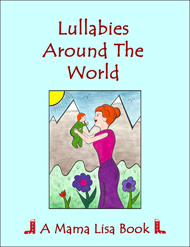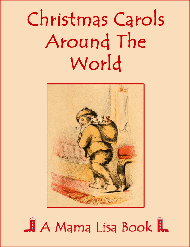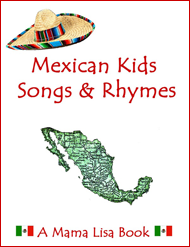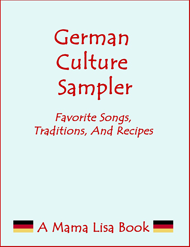The expression "to tie the knot" means "to get married". There are several places where tied knots have been connected to marriage and love.
During Roman times, brides wore a belt or girdle at their wedding tied in a Hercules Knot. Only the groom was allowed to untie it (the unloosening was supposed to be a further symbol of childbearing). The knot was supposed to represent the binding character of the marriage oath.
A Hercules Knot:
Then there’s the True-Love’s Knot from Scotland, England and Denmark which were given as a symbol of love and fidelity to one’s beloved.
Ribbons with true-love knots were also given out as bridal favors at weddings. In Great Britain, they put these ribbons in their hats. In France, they were worn around the arm. At first the ribbons came in different colors, but eventually just white ones were used.
One example of a True-love’s Knot used at weddings:
In Hindi wedding ceremonies, they tie together the bride’s garment to the groom’s scarf (as you can see in the video below). This symbolizes a life-long bond. The knot should not be untied until the ceremony has been completed.
Hindi brides are also given a yellow or gold necklace called the mangalsutra during the wedding ceremony. The groom ties it unto his bride. (See video below.) Three knots may be tied into the necklace too.
Sometimes the bride and groom’s hands are tied together during wedding ceremonies.
In the Philippines, they put a cord over the bride and groom’s shoulders to signify everlasting fidelity.
In France, there’s a different shade of tying a rope. They have the phrase "passer la corde au cou de quelqu’un" which means "to get married". But it has slightly darker undertones since it literally means, "to pass the rope around someone’s neck." I suppose there’s some humor in that phrase.
Please feel free to share other traditions and expressions that involve tying the knot in the comments below.
-Mama Lisa
Image of Mangala sutra: Wikipidia
NOTE: I just learned about an Iranian New Year’s Tradition of tying a knot in grass in hope of getting married the following year.
This article was posted on Monday, June 9th, 2014 at 5:17 pm and is filed under Countries & Cultures, Customs and Traditions, Denmark, England, France, Hinduism, Holidays Around the World, India, Philippines, Roman Culture, Scotland, Symbolism of Knots, Symbols, Symbols of Love and Marriage, Tie the Knot, United Kingdom, USA, Weddings, Weddings. You can follow any responses to this entry through the RSS 2.0 feed. You can skip to the end and leave a response. Pinging is currently not allowed.





























May 28th, 2019 at 11:43 am
Might the ribbon/hat knot be what https://www.youtube.com/watch?v=3zzwbYyvWiU (Steeleye Span’s ‘All Around My Hat’) spoke of?
March 23rd, 2020 at 10:22 pm
There are various other wedding traditions. Hand fastening is traditionally a wiccan ceremony where the bride and groom’s hands are placed one on top of the other and a piece of material (like a scarf, a piece of lace, tartan, etc -I think its the couples choice) during the ceremony, and is then “tied” (more like crossed over) which is where the term “tying the knot” originated from.
Also, the reason a man stands on the right hand side of the woman at the altar is for a number of reasons. Firstly its because he can tuck her under his left arm, by his ribs (which the bible says is how women were created) and close to his heart. Secondly it’s so he could draw his sword with his right hand to protect and defend her. Obviously this is an old tradition, though the side by side action is still used today.
So, just a couple of, probably useless, facts about weddings, but I hope some people enjoy reading them.
😀😀